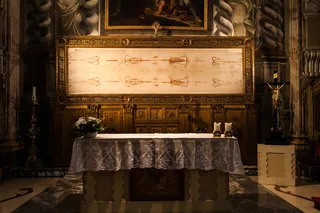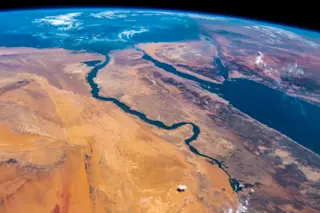The 2018 Geology World Cup continues! Remember, vote for the other groups so far: Group A, Group B, Group C, Group D. Group EBrazil
The mouth of the Amazon River, seen from space in 1990. NASA. Let's not beat around the bush, Brazil has the Amazon. One of the most remarkable river systems on the planet, it dominates the central portion of the country and flushes an amazing amount of sediment from the base of the Andes to the west out into the Atlantic to the east. But that's not all! The only flood basalt province in South America sits in the area where Brazil, Argentina, Paraguay and Uruguay meet. These Cretaceous lavas, known as the Paraná Traps, cover over 1.5 million square kilometers. There are even hints that some of the Paraná was explosively erupted. Costa Rica
The steaming summit of Arenal. Wikimedia Commons. This Central American nation is ...













